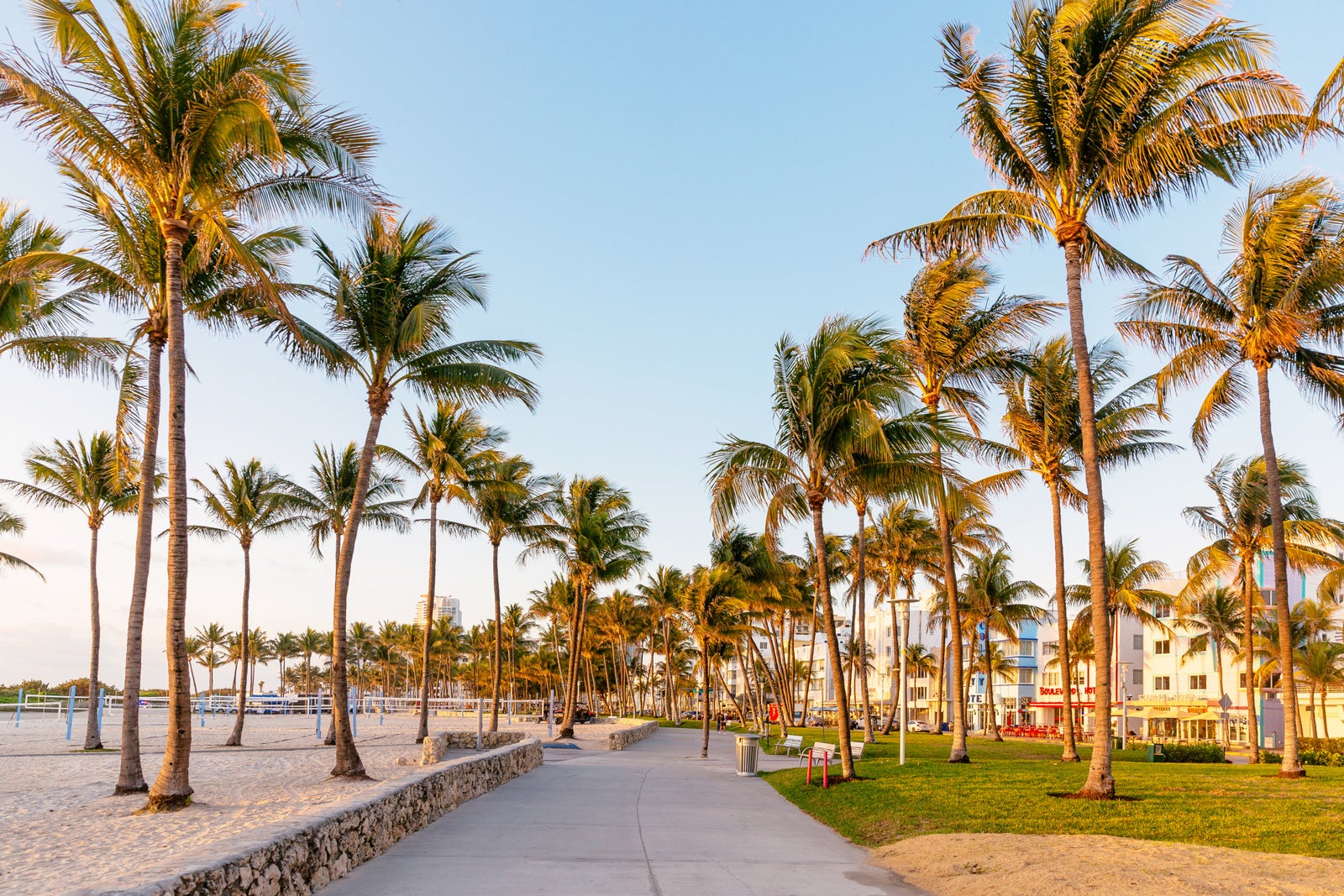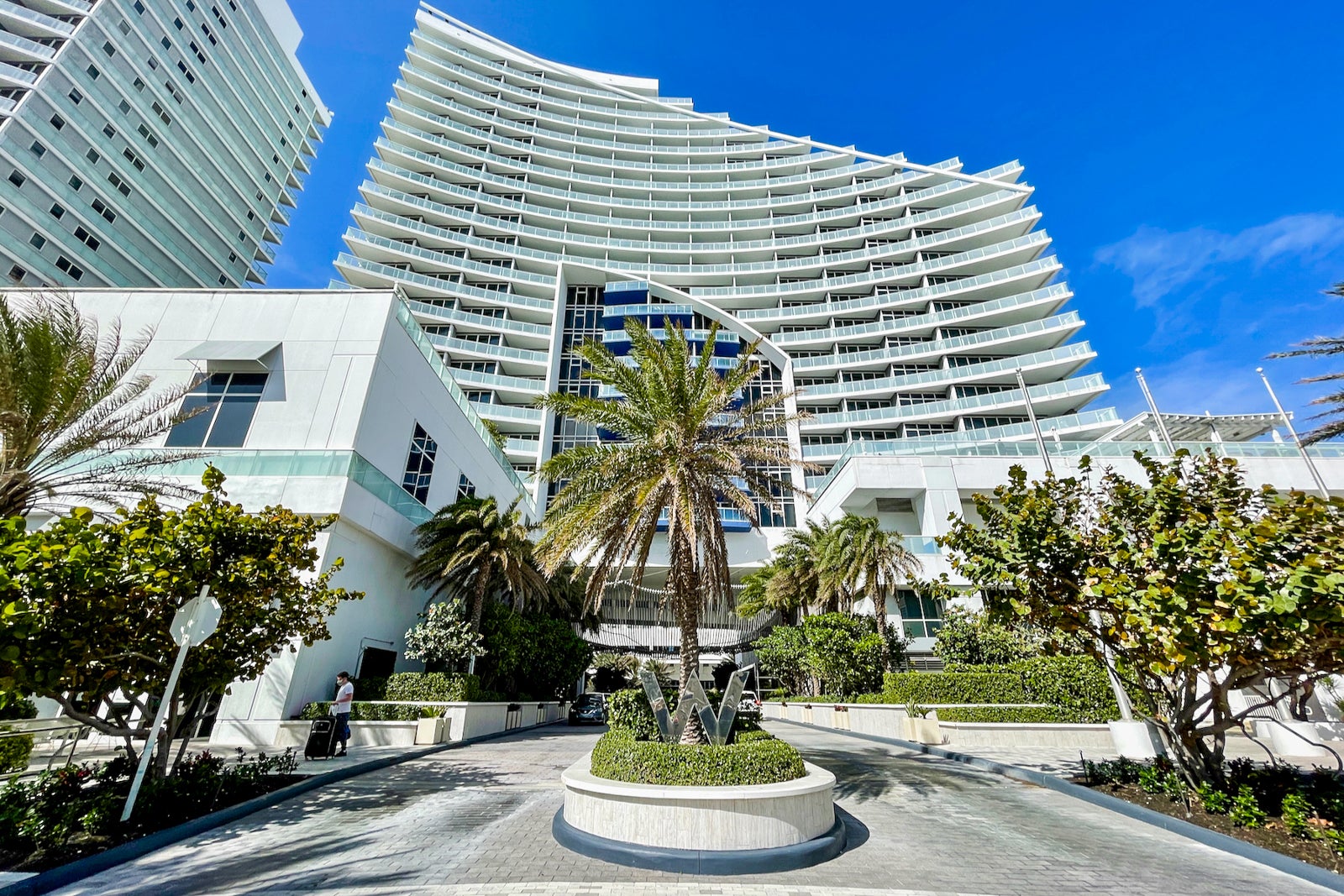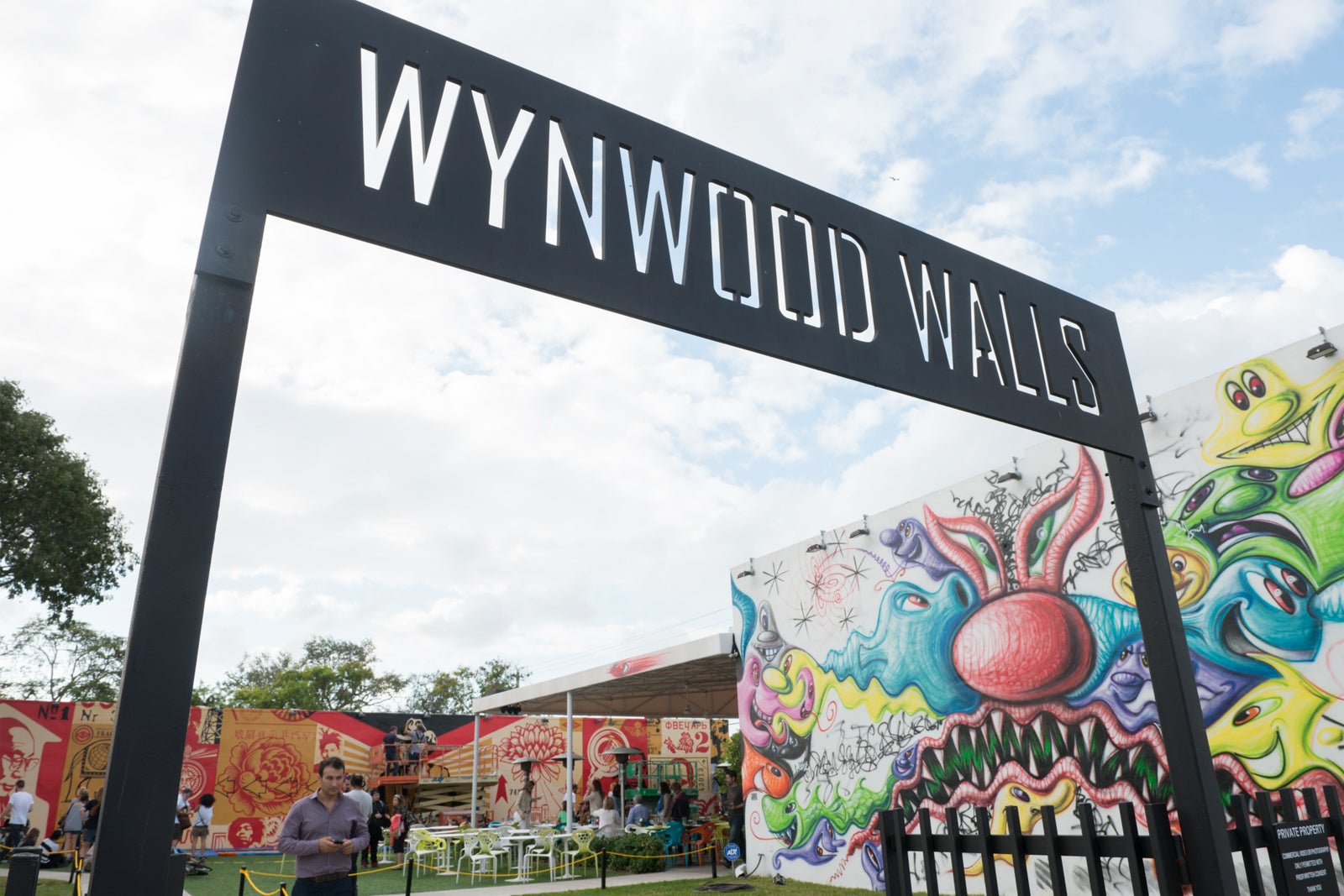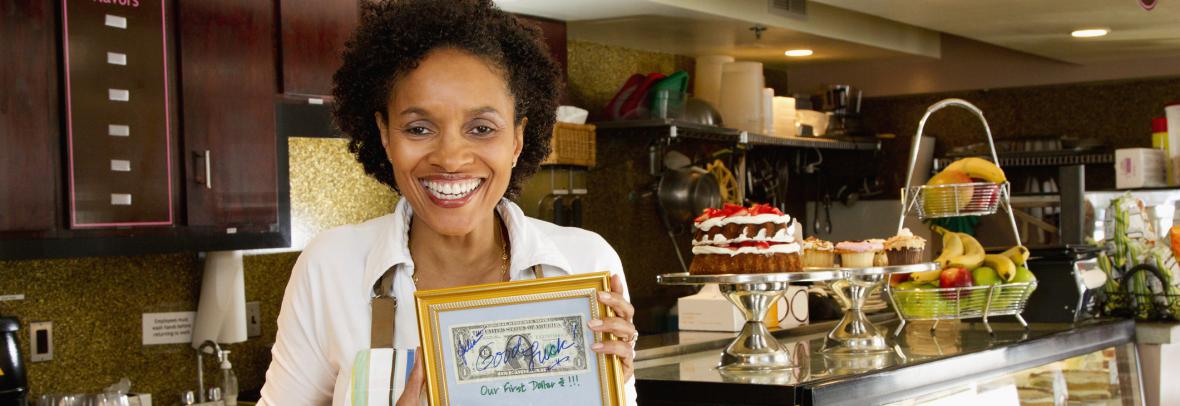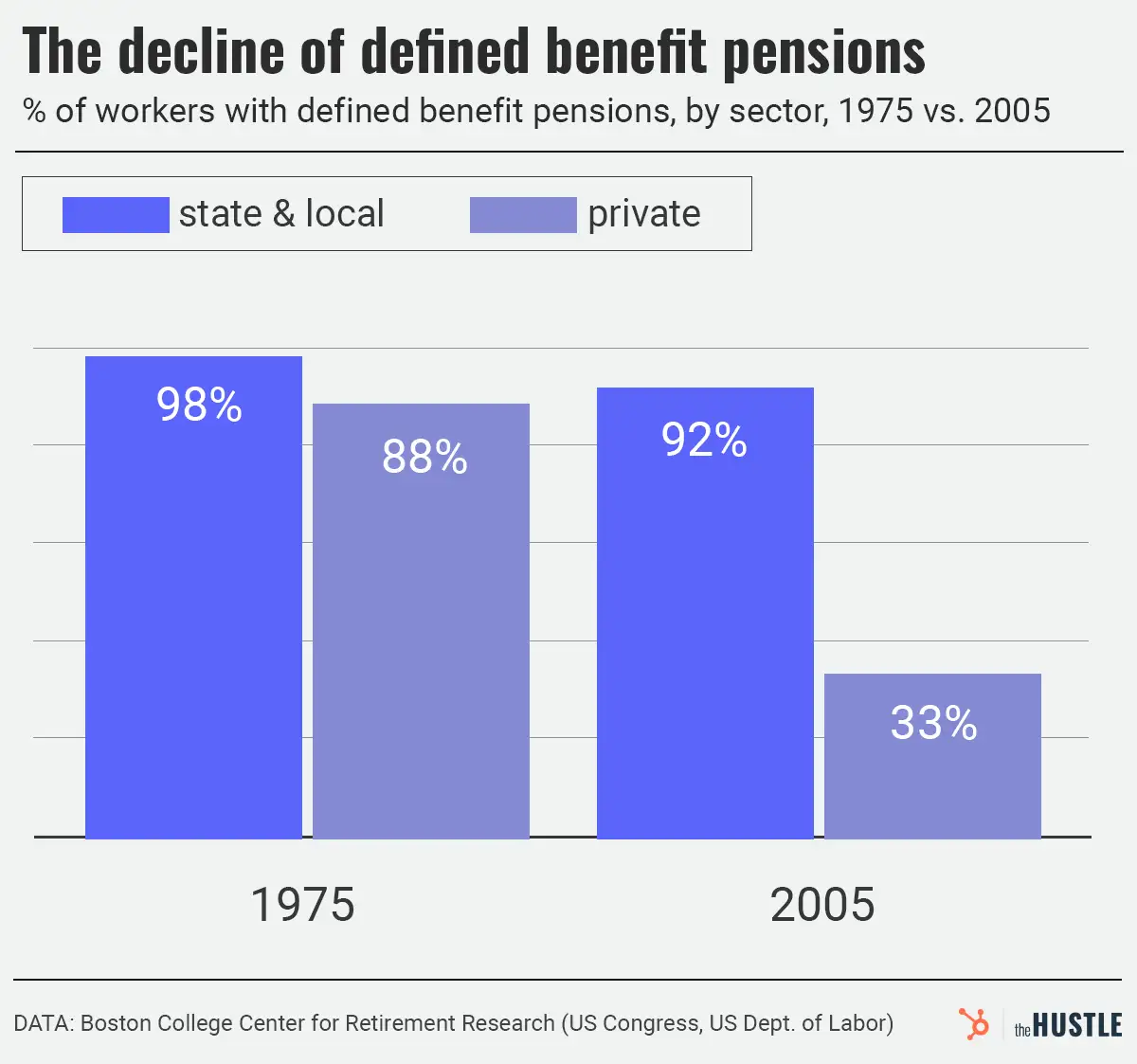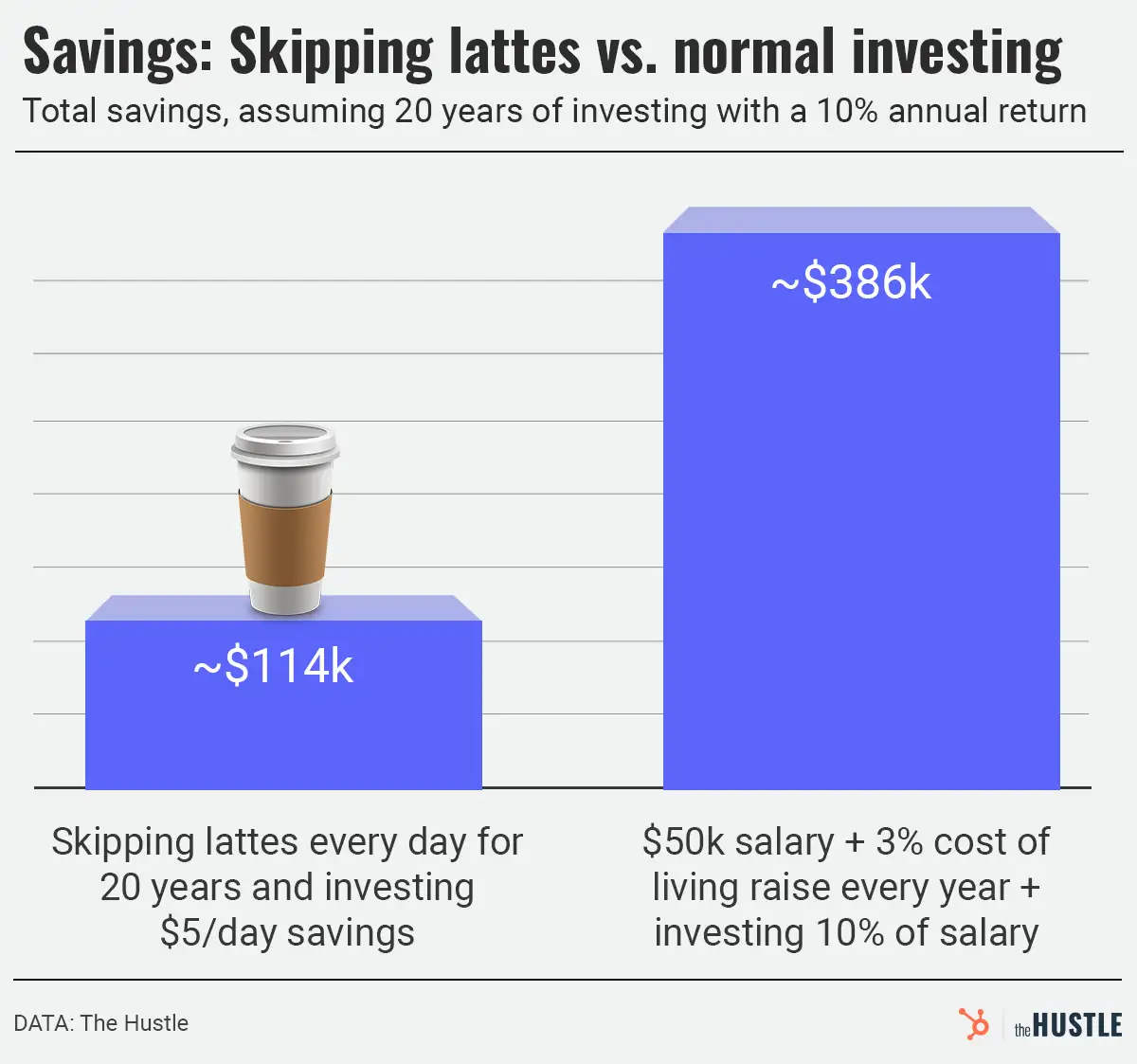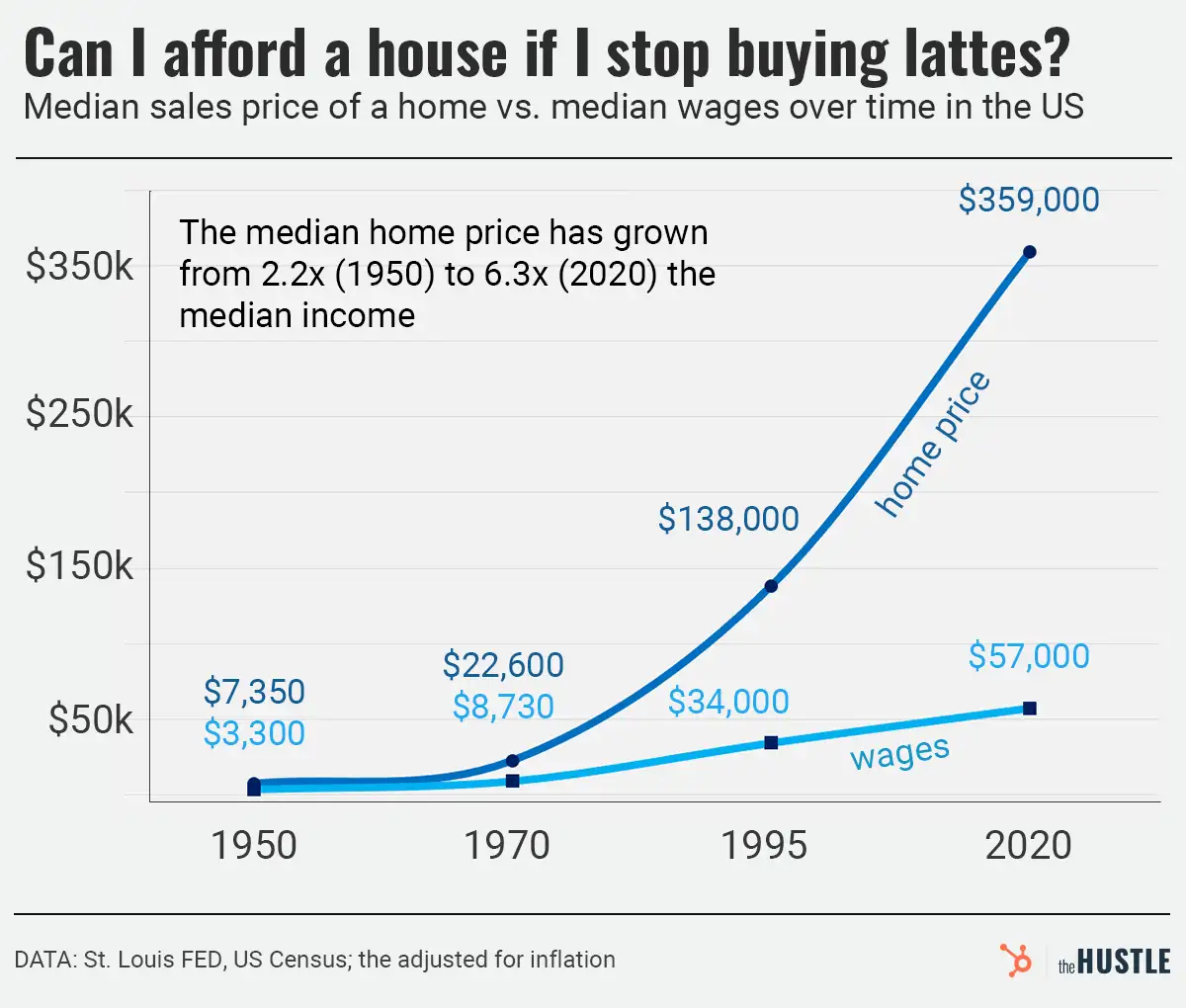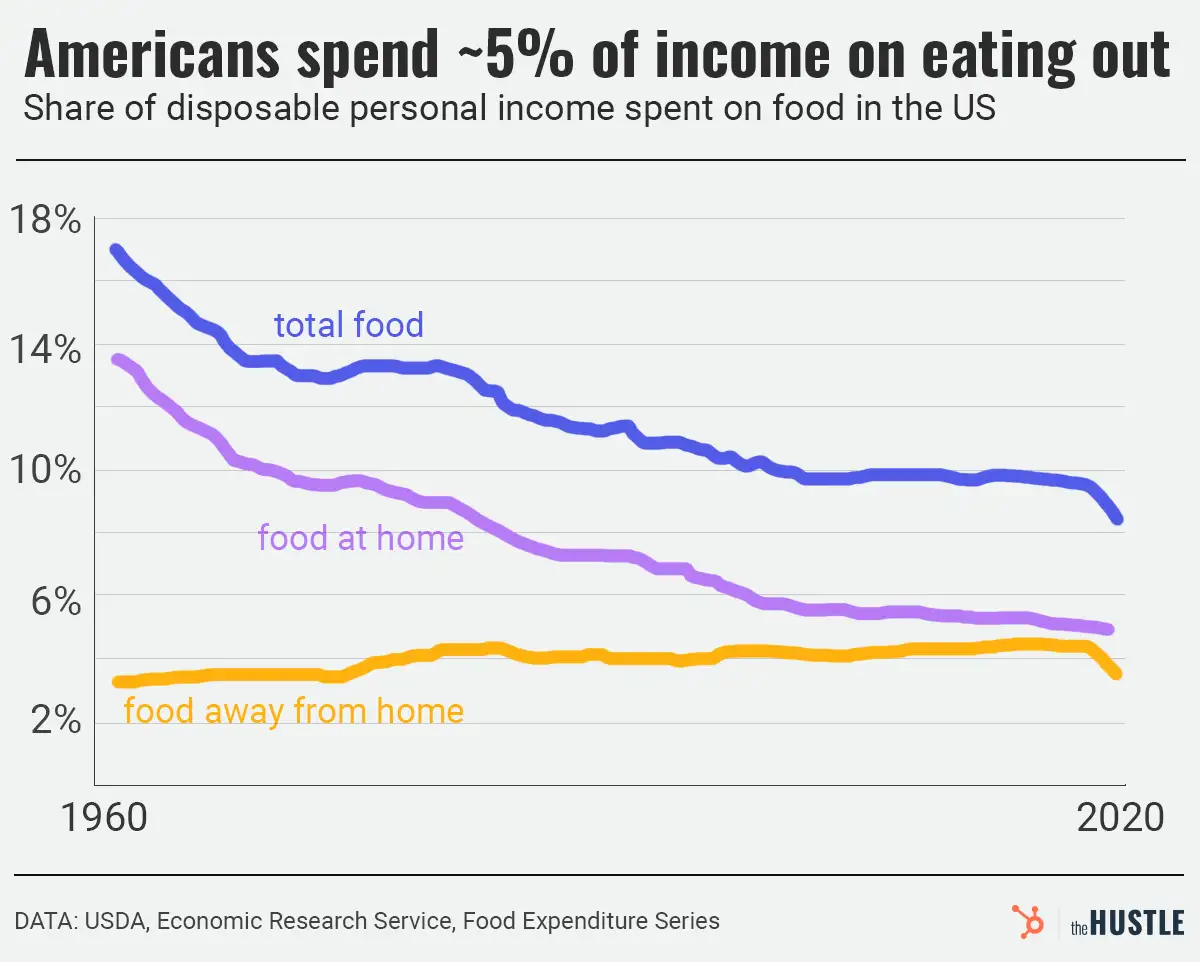TPG’s ultimate guide to Miami and South Florida
This post contains references to products from one or more of our advertisers. We may receive compensation when you click on links to those products. Terms apply to the offers listed on this page. For an explanation of our Advertising Policy, visit this page.
Editor’s note: This is a recurring post, regularly updated with new information and offers.
Miami has been a magnet for travelers from all over the world for decades.
Its main draws, of course, are the beaches and great weather the city — and all of Florida — is known for. But below the surface, Miami is an incredibly dynamic city, one with a rich and unique culture, a red-hot food and bar scene, a proliferation of art and museums, and so much more.
For more TPG news delivered each morning to your inbox, sign up for our daily newsletter.
While Miami is the largest and most economically important city in the region, it’s also part of a larger area known as South Florida, which is unofficially defined as an area that stretches from Palm Beach County to the Florida Keys and includes cities like Palm Beach, West Palm Beach, Fort Lauderdale and Miami.
From the onset of the COVID-19 pandemic, South Florida immediately became a hot spot for Americans stuck at home in colder climates. Florida’s comparatively relaxed pandemic-related restrictions combined with its reliably pleasant weather resulted in a crush of people vacationing or even relocating permanently as an escape from more densely packed cities with strict pandemic restrictions.
And it’s easy to see why: This area has something to offer to just about every kind of traveler, from the golf courses and pastel-hued waterfront mansions of Palm Beach to the beachside sports bars in Fort Lauderdale to the cafecitos, mojitos and booming nightclubs of Miami.
Here’s what you need to know to plan a trip to South Florida.
In This Post
When to visit South Florida
Typically, the best time to visit South Florida is around November through May, after hurricane season and before the weather gets unbearably hot and sticky.
However, the winter months — December, January and February — are the most popular, which means you’ll pay top dollar for accommodations and likely your flights. March, April and May are a little slower (though not this year, when the city of Miami Beach was quite literally overrun with spring breakers), so you’ll find at least somewhat of a break on the price of hotels or home rentals, and the weather is equally as great.
Hurricane season spans from June to November, and while it’s not unheard of to visit the area during the summer, be advised that it does get very hot and humid, and there’s the threat of possible storms. If you do decide to travel during hurricane season and your trip investment is hefty, consider buying trip insurance that covers named hurricanes. But if you want more flexibility to cancel your trip based on the threat of bad weather, purchase a policy with a cancel-for-any-reason add-on.
Related: Florida’s top 10 vacation regions for different types of travelers
How to get to South Florida
It’s simple to get to South Florida from many points across the United States, Canada, Mexico and more. The region has two of the country’s busiest airports in Miami International (MIA) and Fort Lauderdale-Hollywood International (FLL). And north of Fort Lauderdale is West Palm Beach International Airport (PBI), smaller than the two behemoths to the south but still well-connected to many U.S. carriers’ hub airports.
Miami is a full-blown connecting hub for American Airlines, meaning many cities across the country have nonstop service to the airport. If your city isn’t connected with Miami, there’s a good chance there’s service to Fort Lauderdale, a large base for Spirit Airlines.
All three of these airports can be used for destinations in South Florida, though obviously, the perfect airport will depend on several factors, including your final destination, price, timing, etc. When searching for options in Google Flights, you can add each one of these as the destination in your search to get a complete look at availability and pricing.
And while this is The Points Guy, prices to the region are usually reasonable enough that paying for the tickets outright makes more sense than using miles.
Related: TPG releases brand-new points calculator to make award bookings easier
Where to stay in South Florida
In such a large region, there are predictably almost unlimited options for accommodations. Making things harder, the area is home to some of the country’s finest hotels and resorts.
While there are numerous beach communities up and down the southeastern coast of Florida, we focus on lodging options you can book on points in the three principal areas: Palm Beach, Fort Lauderdale and Miami.
Palm Beach hotels
- The Ben, Autograph Collection: From 30,000 Marriott Bonvoy points.
- Palm Beach Marriott Singer Island Beach Resort and Spa: From 70,000 Marriott points.
- Canopy by Hilton West Palm Beach Downtown: From 70,000 Hilton Honors points.
- Hilton West Palm Beach: From 60,000 Hilton Honors points.
Fort Lauderdale hotels
- Hotel Maren Fort Lauderdale Beach, Curio Collection by Hilton: From 70,000 Hilton Honors points.
- The Dalmar Fort Lauderdale, a Tribute Portfolio Hotel: From 30,000 Marriott points.
- W Fort Lauderdale: From 40,000 Marriott points.
- The Ritz-Carlton, Fort Lauderdale: From 50,000 Marriott points.
- The Westin Fort Lauderdale Beach Resort: From 30,000 Marriott points.
- Hollywood Beach Marriott: From 40,000 Marriott points.
- Hyatt Centric Las Olas Fort Lauderdale:15,000 World of Hyatt points.
- Kimpton Goodland Fort Lauderdale Beach: From 25,000 IHG points.
Miami hotels
- The Gabriel Miami, Curio Collection by Hilton: From 15,000 Hilton Honors points.
- Hilton Bentley Miami/South Beach: From 82,000 Hilton Honors points.
- Gale South Beach, Curio Collection by Hilton: From 63,000 Hilton Honors points.
- Hilton Cabana Miami Beach: From 62,000 Hilton Honors points.
- Kimpton Hotel Palomar South Beach: From 29,000 IHG points.
- Kimpton Surfcomber Hotel: From 28,000 IHG points.
- Kimpton Angler’s Hotel South Beach: From 25,000 IHG points.
- Kimpton Epic Hotel: From 38,000 IHG points.
- Hotel Indigo Miami Brickell: From 27,000 IHG points.
- Hyatt Centric Brickell Miami: 20,000 World of Hyatt points.
- Hyatt Centric South Beach Miami: 20,000 World of Hyatt points.
- The Confidante Miami Beach: 15,000 World of Hyatt points.
- Lennox Miami Beach: 25,000 World of Hyatt points.
- The Plymouth South Beach: 20,000 World of Hyatt points.
- W Miami: From 40,000 Marriott points.
- JW Marriott Marquis Miami: From 40,000 Marriott points.
- AC Hotel Miami Midtown: From 20,000 Marriott points.
- The Ritz-Carlton Coconut Grove, Miami:From 40,000 Marriott points.
- Marriott Stanton South Beach: From 50,000 Marriott points.
- Moxy Miami South Beach: From 30,000 Marriott points.
- Royal Palm South Beach Miami, a Tribute Portfolio Resort: From 40,000 Marriott points.
- The Ritz-Carlton, South Beach: From 70,000 Marriott points.
- W South Beach: From 70,000 Marriott points.
- The Miami Beach Edition: From 70,000 Marriott points.
- The Ritz-Carlton Key Biscayne, Miami:From 50,000 Marriott points.
- Cadillac Hotel and Beach Club, Autograph Collection: From 40,000 Marriott points.
- The St. Regis Bal Harbour Resort: From 70,000 Marriott points.
- The Ritz-Carlton Bal Harbour, Miami:From 70,000 Marriott points.
- JW Marriott Miami Turnberry Resort and Spa: From 40,000 Marriott points.
What to see and do in South Florida
Even though you may be perfectly content with doing so, there’s more to do than just hit the beach in South Florida. Each area in the region has its own museums and cultural institutions, of course, but there are a few common themes, no matter where you are.
Golf
Golf is serious business in this part of the country, and South Florida alone is home to hundreds of courses, providing endless opportunities to perfect your game while in town.
The Everglades
If you want a break from the city or the beach or pool, get out into nature in the Everglades, a massive swath of natural tropical wetlands at the southern tip of Florida. Explore on foot, by bicycle or on an airboat and marvel at the abundance of nature around you. Hundreds of animal species call the Everglades home, making it a paradise for any wildlife lover.
Museums
Back in town, there’s plenty to keep one occupied, no matter where you find yourself in South Florida. Get a dash of culture at one (or a few) of the numerous museums in the area, including the Vizcaya Museum and Gardens and the Perez Art Museum in Miami or step back into the Gilded Age at the Flagler Museum, named after Henry Morrison Flagler, an oil tycoon who resided in Palm Beach.
Little Havana
If you’re spending your time in Miami or its suburbs or even in Fort Lauderdale, you shouldn’t miss the city’s Little Havana neighborhood, which maintains its distinct Cuban culture and the incredible foodtraditions that come along with it.
Wynwood Walls
And no visit to Miami would be complete without a visit to the Wynwood Walls, a display of public art created several years ago as this neighborhood began its transformation from a zone of derelict warehouses to one of the city’s trendiest districts.
Riverwalk Arts and Entertainment District
If you find yourself in downtown Fort Lauderdale, be sure to take a stroll along the Riverwalk Arts and Entertainment District, which continues for 22 blocks and holds some of the area’s top institutions, including the Broward Center for the Performing Arts and the Florida Grand Opera as well as the shops and restaurants found on Las Olas Boulevard.
Bottom line
South Florida is one of the country’s most attractive destinations. It has a perfect mix of urban excitement and laid-back beach vibes. The region offers something for everybody, whether you’d like to hit the links in Palm Beach or the clubs of Fort Lauderdale and Miami.
And luckily, if your ideal vacation is to simply sit by the pool or beach and be pampered, the area is home to some of the best hotels in the country, ensuring you’ll return home rested, refreshed and rejuvenated.
Real Estate
Wenston DeSue is a realtor, organizational consultant, design, construct, build expert and developmental networker. Real estate is the business of exchange and affects every person on the planet. Real estate on all levels represents resources, access and ultimately, power. Knowledge is power…

